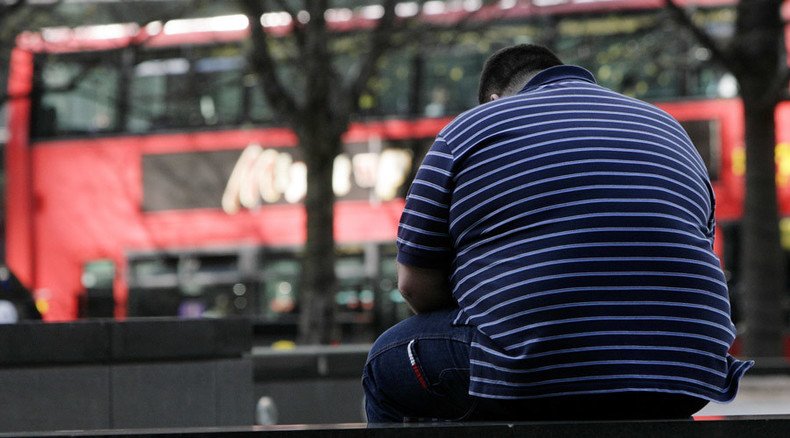Hope for the heavy? 'Bad fat' can be turned into 'good fat,' study says

Feeling chubby? A new study says the "bad fat" you're carrying around can be transformed into "good fat." But if you're thinking the news is too good to be true, you may be right – the result has so far only been seen in severely stressed people.
Although body fat is generally viewed negatively, there are actually two types – and one helps you burn calories.
Previous studies have shown that “good fat,” known as brown fat, can actually increase metabolism and lower blood sugar levels when it is switched on in people.
However, there's a catch. The average adult barely has any brown fat. In fact, we only carry around two ounces of it. The rest of our fat is – you guessed it – the bad kind (known as white fat).
But what if scientists could determine a way to turn the bad kind of fat into the good kind? That's exactly what researchers from the University of Texas Medical Branch at Galveston are trying to do.
75% of men, 67% of women in US suffer from weight problems – study http://t.co/TzXSZrZX7Hpic.twitter.com/iQe3AjbP6J
— RT (@RT_com) June 23, 2015In a new study published in the journal Cell Metabolism on Tuesday, scientists explained that white fat can, indeed, be successfully turned into brown fat.
However, the results have so far only been seen in people who have been subjected to severe, adrenaline-releasing stress.
Lead researcher Ladros Sidossis, director of the metabolism unit at Shriners Hospitals for Children, and his colleagues specifically focused on individuals who had undergone severe burns, as Sidossis knew that burn injuries covering more than 30 percent of the body cause the body's stress response to remain high for weeks.
When Sidossis compared the white fat samples of burn victims with those taken from healthy individuals, he found that the burn victims' white fat was acting more like brown fat, showing heightened signs of a revved-up energy process.
Feeling depressed and gaining weight? Local water may be the one to blame http://t.co/GpSBZXZZfxpic.twitter.com/otk43wkI2x
— RT (@RT_com) February 24, 2015But when he compared the burn victims' white fat cells soon after their injuries and a month later, he found that the white fat had reverted back to its original state. This is because the patients began recovering, which resulted in a waning stress response.
Although the findings don't exactly provide for a cure-all “bad fat” pill, Sidossis believes the findings could be used to eventually create drugs that mimic the effect seen in burn patients.
"Our study provides proof of [the] concept that browning of white fat is possible in humans. The next step is to identify the mechanisms underpinning this effect and then to develop drugs that mimic the burn-induced effect," Sidossis said in a university press release.












